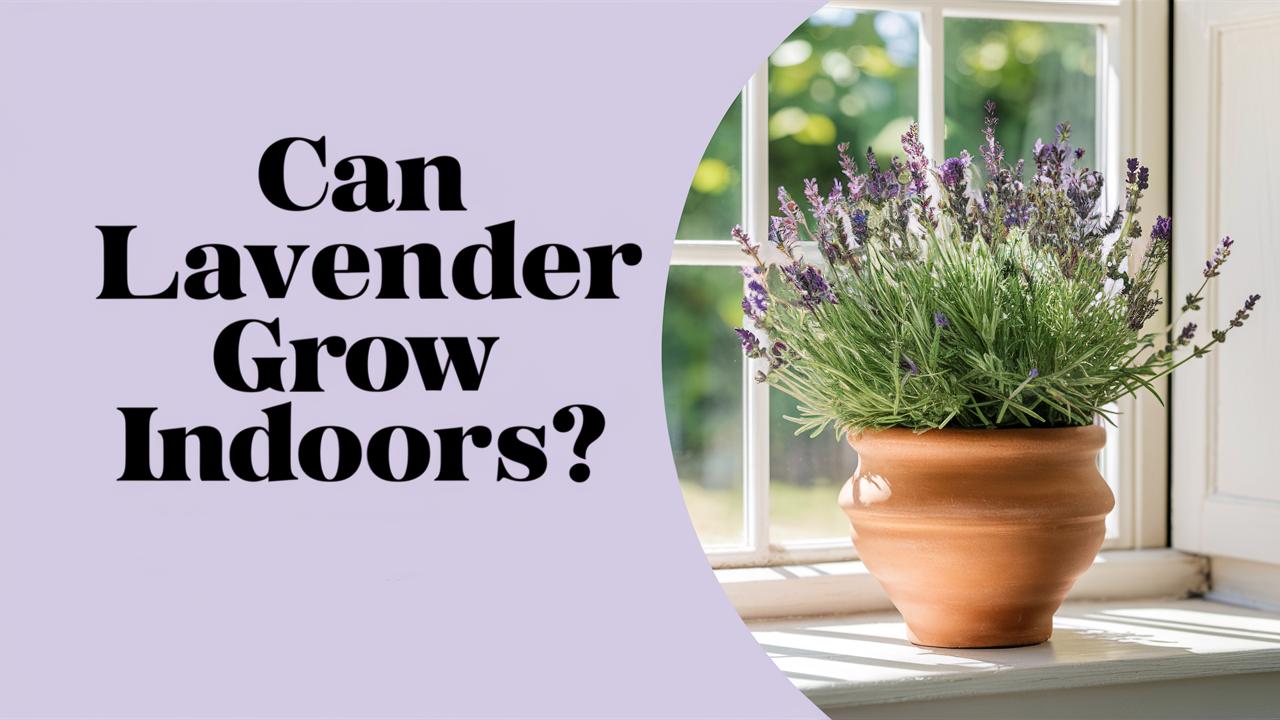In this in-depth guide, we’ll explore the possibilities of growing lavender indoors, the types of lavender best suited for indoor life, the care requirements, and tips to ensure your potted lavender not only survives but flourishes.
Choosing the Right Type of Lavender for Indoor Growth
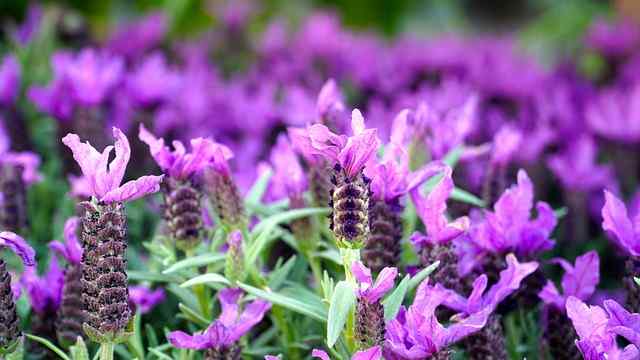
If you’ve decided to welcome lavender into your home, one of the first decisions to make is which type to choose. Although there are several species of lavender, not all are suitable for indoor environments. Below, we’ll highlight some of the most popular varieties that adapt well to life indoors.
English Lavender (Lavandula angustifolia)
English lavender is arguably the most popular choice for indoor growth. This variety is known for its sweet scent and beautiful, purple flower spikes. It typically reaches heights of about 12 to 24 inches, making it manageable for potting. English lavender thrives in full sunlight (at least 6 hours a day) and is relatively drought-resistant, which is perfect for indoor settings where overwatering can be a concern.
French Lavender (Lavandula dentata)
French lavender is relatively more tolerant of humidity and can adapt well to various environments. It features distinctive, serrated leaves and flowers with a unique, ruffled appearance. If you enjoy a slightly less common lavender variety, French lavender could be a great choice. It still needs ample sunlight, but it’s a bit less fussy than its English counterpart when it comes to indoor humidity levels.
Spanish Lavender (Lavandula stoechas)
Spanish lavender is characterized by its unique flower shape, often resembling a rabbit’s ears. It’s somewhat less fragrant than English lavender, but its eye-catching appearance makes it an attractive indoor plant. Similar to the others, Spanish lavender requires bright sunlight and well-draining soil. Be aware that it generally prefers a warmer environment, making it an excellent choice for indoor growth.
Preparing for Indoor Growth
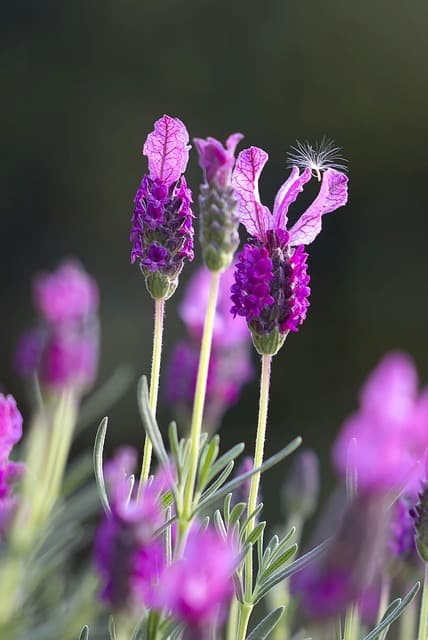
Once you’ve made your choice from the different types of lavender, it’s time to prepare for planting. Here are essential steps to create an environment where your lavender can flourish indoors.
Selecting the Right Pot
Choosing the correct pot is crucial for successful indoor lavender growth. Lavender needs well-drained soil to avoid root rot, so select a pot that has drainage holes. Terra-cotta pots are an excellent option as they allow excess moisture to evaporate. Ensure your pot is large enough to accommodate the roots but not so large that it retains too much moisture.
Soil Selection
Soil is another critical factor when growing lavender indoors. A soil mix that drains quickly is a must. A combination of potting soil with sand, perlite, or gravel works well to facilitate drainage. You can also consider specialized potting soils formulated for succulents and cacti, as these mixes tend to mimic the dry environments that lavender prefers.
Location and Light
As aforementioned, lavender adores sunlight. Finding the right spot in your home is essential for the health of your plant. A south-facing window typically provides ample light, but a bright east-facing window could also suffice. If natural sunlight is limited, consider supplementing with grow lights to ensure your lavender gets at least 12 hours of light each day.
Caring for Indoor Lavender
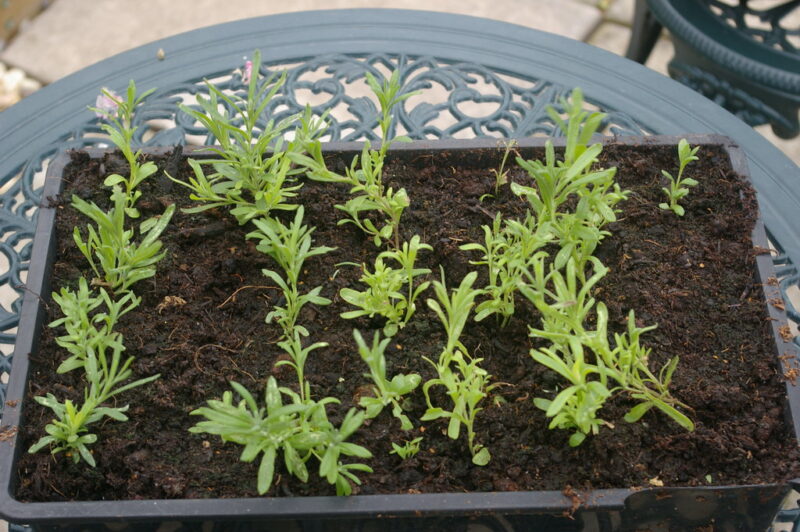
Now that you’ve set the stage for your lavender’s indoor life, maintaining its health will be your ongoing responsibility. Here’s a rundown of essential care practices to ensure your lavender thrives.
Watering
Lavender is drought-tolerant and prefers its soil to dry out between waterings. Overwatering is one of the most common mistakes made by indoor gardeners. To determine when to water, check the top inch of the soil. If it’s dry, that’s your signal to give your lavender a drink. However, if it’s still moist, wait a few more days before checking again.
Fertilization
Indoor lavender doesn’t require heavy fertilization. In fact, too much fertilizer can lead to lush foliage but fewer flowers. A balanced, diluted liquid fertilizer applied every six to eight weeks during the growing season (spring to summer) is sufficient. Alternatively, using a slow-release fertilizer once at the beginning of spring can also work well.
Pruning
Regular pruning helps maintain the size and shape of your lavender and encourages new growth. After the flowering season, typically in late summer, prune back about one-third of the plant. Be careful not to cut into the woody stems, as this can prevent new growth from emerging. Use clean, sharp shears to avoid damaging the plant.
Pest Control
While lavender is known for its pest-repellent properties, indoor plants can still be susceptible to pests such as aphids or spider mites. Keeping an eye out for signs of infestation, like yellowing leaves or webbing, is important. If you notice any pests, a gentle wash with plain water or a homemade solution of water and insecticidal soap should do the trick.
Common Challenges of Growing Lavender Indoors
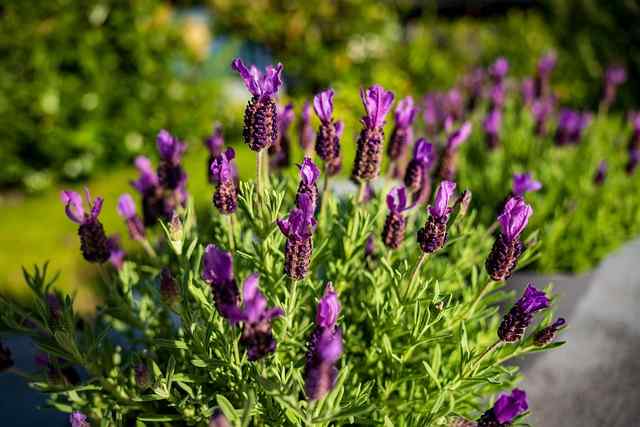
Even with the best intentions and practices, growing lavender indoors might present some challenges. Here are a few common issues and how to tackle them.
Lack of Sunlight
If your lavender isn’t getting enough sunlight, it may become leggy and produce fewer flowers. If you notice this happening, consider relocating it to a sunnier spot or using grow lights to supplement natural light.
Overwatering
As mentioned earlier, one of the biggest risks to indoor lavender is overwatering. Keep a close eye on soil moisture and adapt your watering schedule based on the season. Plants require more frequent watering during sprouting and less as they mature and grow.
Humidity Issues
Lavender prefers a dry environment, which can be challenging in homes with high humidity. If you live in a particularly humid area, using a dehumidifier or placing silica gel packets near the plant can help manage moisture levels.
Temperature Fluctuations
Lavender thrives in warm temperatures, typically between 65°F and 75°F (18°C and 24°C). If your indoor environment experiences significant temperature fluctuations, this could stress the plant. Keeping it away from drafts from windows or air conditioning units will help maintain a stable temperature.
Harvesting and Using Your Indoor Lavender
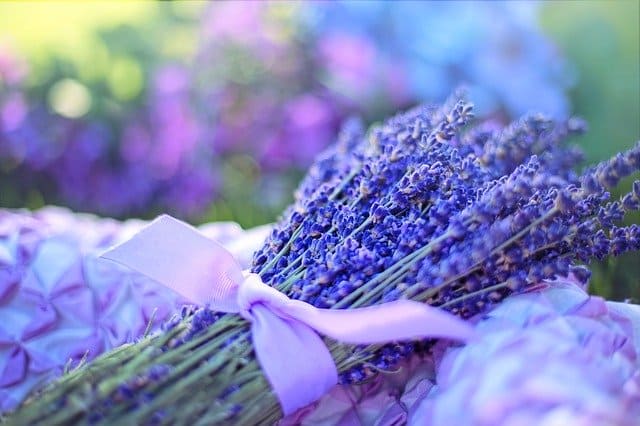
One of the great joys of growing lavender indoors is utilizing its fragrant blooms in various ways. When your lavender begins to flower, you’ll want to harvest the buds at the right time to maximize flavor and aroma.
Timing the Harvest
The best time to harvest lavender is just as the flower buds start to open but before they fully bloom. This usually occurs in mid to late summer, depending on the specific variety and growing conditions. Use scissors to cut the stems, ideally in the morning after any dew has dried but before the heat of midday.
Culinary Uses
Fresh lavender can enhance a variety of dishes. For instance, you can infuse it into syrups, desserts, or even goat cheese. A little goes a long way, so start with a small amount and adjust to taste. Dried lavender can also be used in herbal teas or potpourri, adding a soothing aroma to your space.
Crafting and Home Remedies
Besides culinary uses, lavender has a myriad of applications in crafting and home remedies. Dried lavender buds can be added to homemade sachets or used in calming bath products. The essential oils extracted from lavender are commonly found in aromatherapy for their relaxing effects, making your home not just a cozy space but also an aromatic retreat.
Conclusion: The Joy of Indoor Lavender Gardening
In summary, yes, lavender can indeed grow indoors if you provide the right environment and care. By selecting the appropriate type, ensuring proper potting and soil, and adhering to specific care practices, your indoor lavender plant can thrive, offering both beauty and utility throughout the year.


